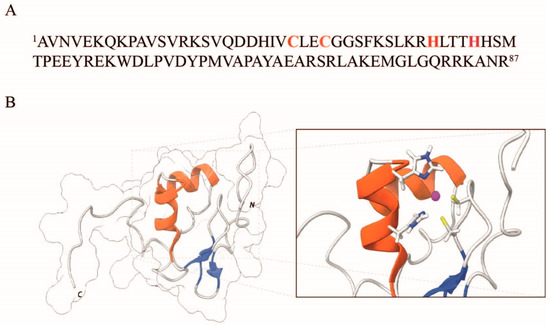Int. J. Mol. Sci. 2022, 23(19), 11146; https://doi.org/10.3390/ijms231911146 - 22 Sep 2022
Cited by 4 | Viewed by 8792
Abstract
In sharp contrast to birds and mammals, in numerous cold-blooded vertebrates, sex chromosomes have been described as homomorphic. This sex chromosome homomorphy has been suggested to result from the high turnovers often observed across deeply diverged clades. However, little is known about the
[...] Read more.
In sharp contrast to birds and mammals, in numerous cold-blooded vertebrates, sex chromosomes have been described as homomorphic. This sex chromosome homomorphy has been suggested to result from the high turnovers often observed across deeply diverged clades. However, little is known about the tempo and mode of sex chromosome evolution among the most closely related species. Here, we examined the evolution of sex chromosome among nine species of the torrent frog genus Amolops. We analyzed male and female GBS and RAD-seq from 182 individuals and performed PCR verification for 176 individuals. We identified signatures of sex chromosomes involving two pairs of chromosomes. We found that sex-chromosome homomorphy results from both turnover and X–Y recombination in the Amolops species, which simultaneously exhibits heterogeneous evolution on homologous and non-homologous sex chromosomes. A low turnover rate of non-homologous sex chromosomes exists in these torrent frogs. The ongoing X–Y recombination in homologous sex chromosomes will act as an indispensable force in preventing sex chromosomes from differentiating.
Full article
(This article belongs to the Collection Feature Papers in Molecular Genetics and Genomics)
►
Show Figures



